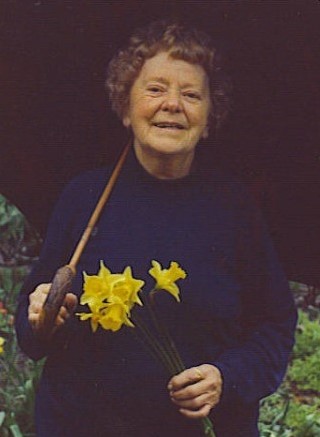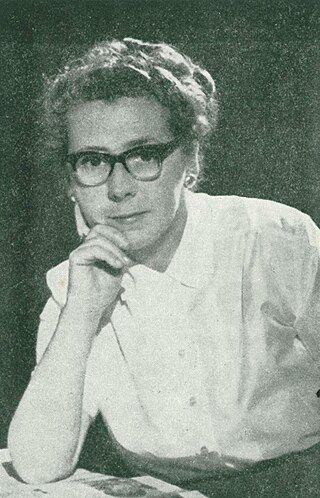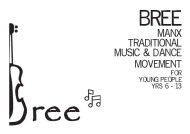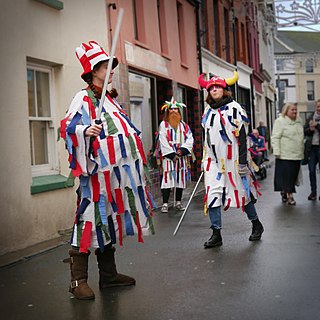Related Research Articles

Ramsey is a coastal town in the north of the Isle of Man. It is the second largest town on the island after Douglas. Its population is 7,845 according to the 2016 Census. It has one of the biggest harbours on the island, and has a prominent derelict pier, called the Queen's Pier. It was formerly one of the main points of communication with Scotland. Ramsey has also been a route for several invasions by the Vikings and Scots.

The flag of the Isle of Man or flag of Mann is a triskelion, composed of three armoured legs with golden spurs, upon a red background. It has been the official flag of the Isle of Mann since 1 December 1932 and is based on the Manx coat of arms, which dates back to the 13th century.

Hop-tu-Naa is a Celtic festival celebrated in the Isle of Man on 31 October. It is the celebration of the traditional Gaelic festival of Samhain, the start of winter. It is thought to be the oldest unbroken tradition in the Isle of Man.
Fenodyree in the folklore of the Isle of Man, is a hairy supernatural creature, a sort of sprite or fairy, often carrying out chores to help humans, like the brownies of the larger areas of Scotland and England.

SS (RMS) Ellan Vannin was built as an iron paddle steamer in 1860 at Meadowside, Glasgow for the Isle of Man Steam Packet Company. She was originally named Mona's Isle - the second ship in the company's history to be so named. She served for 23 years under that name before being rebuilt, re-engined and renamed in 1883. As Ellan Vannin she served for a further 26 years before being lost in a storm on 3 December 1909 in Liverpool Bay.
John Joseph Kneen was a Manx linguist and scholar renowned for his seminal works on Manx grammar and on the place names and personal names of the Isle of Man. He is also a significant Manx dialect playwright and translator of Manx poetry. He is commonly best known for his translation of the Manx National Anthem into Manx.

Mona Douglas was a Manx cultural activist, folklorist, poet, novelist and journalist. She is recognised as the main driving force behind the modern revival of Manx culture and is acknowledged as the most influential Manx poet of the 20th century, but she is best known for her often controversial work to preserve and revive traditional Manx folk music and dance. She was involved in a great number of initiatives to revive interest and activity in Manx culture, including societies, classes, publications and youth groups. The most notable and successful of these was Yn Chruinnaght.

Josephine Kermode (1852–1937) was a Manx poet and playwright better known by the pen name "Cushag".
Aeglagh Vannin was a youth group in the Isle of Man whose purpose was the engagement with and revitalisation of Manx language, history and culture. It was established by Mona Douglas in 1931, went through a number of mutations, and faded out in the 1970s. It is best remembered for its central role in the revival of Manx folk dancing.
Colin Jerry was a Manx cultural activist best known for his contributions to Manx music through his books, Kiaull yn Theay, published in two volumes. He was awarded the Reih Bleeaney Vanannan in 1991 for his contributions to Manx culture which were 'extensive and staggering.'

Kathleen Faragher (1904–1974) was the most significant and prolific Manx dialect writer of the mid twentieth century. She is best known for her poems first published in the Ramsey Courier and collected into five books published between 1955 and 1967. She was also a prolific short story writer and playwright. Her work is renowned for its humour born of a keen observation of Manx characters, and for its evocative portrayal of the Isle of Man and its people.
Rinkaghyn Vannin is an important book of 28 Manx dances, mostly collected by Mona Douglas, which was published in 1983 by Sleih gyn Thie.
Hop-tu-naa is a traditional Manx dance connected to the hop-tu-naa festivities around 31 October in the Isle of Man. It is a simple processional dance for any number of two pairs of dancers. The dance shares its name with the festivities and the music to which the dance is connected.

Hunt the Wren is a traditional custom carried out on the Isle of Man on the 26 December, St. Stephen's Day. It consists of groups of people going around villages and towns singing and dancing a traditional song and dance around a decorated wren pole.
Dr John Clague was a Manx physician and a collector of Manx music, songs, dances, and customs.
Edmund Evans Greaves Goodwin was a Manx language scholar, linguist, and teacher. He is best known for his work First Lessons in Manx that he wrote to accompany the classes he taught in Peel.
John William Radcliffe, more commonly known as Bill Radcliffe, or also Illiam y Radlagh, was a Manx language activist, author, and teacher who was involved with the revival of the Manx language on the Isle of Man in the 20th century. His work recording the last native speakers of the language with the Irish Folklore Commission helped to ensure that a spoken record of the Manx language survived.

Bree is a youth educational movement organised by Culture Vannin on the Isle of Man that gives children between the ages 10 and 18 the opportunity to learn traditional Manx music, dance, and culture. Bree is a Manx word that means 'vitality or 'energy'. The movement organises the annual workshop weekend every autumn and also runs monthly sessions through the year.
Constance Radcliffe was a Manx historian who wrote primarily about the history of the parish of Maughold and the town of Ramsey, both in the north of the Isle of Man. In 1989 Radcliffe was awarded the Reih Bleeaney Vanannan in recognition of her contribution to Manx culture, and was a recipient of the MBE in 1996.

The White Boys is the traditional mummers' play of the Isle of Man.
References
- 1 2 Moore, A. W. (1891). "Chapter VI: Customs and Superstitions Connected with the Seasons". Folk Lore of the Isle of Man. London: D. Nutt.
- ↑ Manx Reminiscences
- 1 2 3 'Manx Folk Dances - Their Notation and Revival' by Mona Douglas (1937) in Mona Douglas: Manx Folk-Song, Folk Dance, Folklore: Collected Writings edited by Stephen Miller, Onchan: Chiollagh Books, 2004 Archived 7 June 2011 at the Wayback Machine
- 1 2 3 4 'Some Ritual Dances of Mann' by Mona Douglas (1957) in Mona Douglas: Manx Folk-Song, Folk Dance, Folklore: Collected Writings edited by Stephen Miller, Onchan: Chiollagh Books, 2004 Archived 7 June 2011 at the Wayback Machine
- 1 2 Kiaull Manninagh Jiu, April 2011
- 1 2 3 4 5 6 Douglas, Mona (1965). "'Tomorrow Will Be My Dancing Day!': Springtime Lore and Custom". This is Ellan Vannin. Douglas, Isle of Man: Times Press.
- ↑ "Snippets from the South". Isle of Man Times. 22 April 1960. Retrieved 5 December 2017.
- 1 2 3 Rinkaghyn Vannin. Isle of Man: Sleih gyn Thie. 1983.